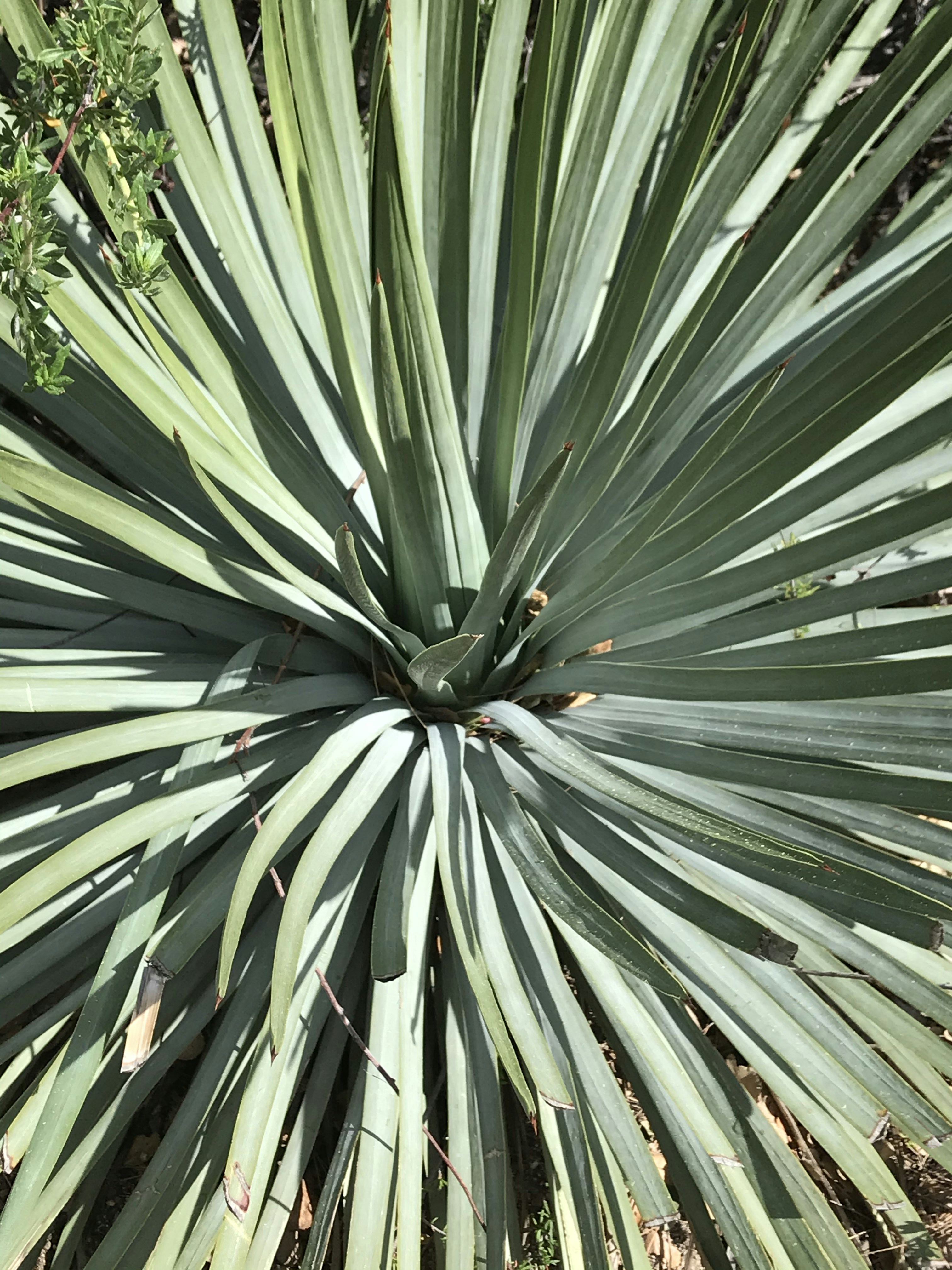Introduction to Yabby Genes
The Yabby gene family plays a crucial role in the development of plants. These transcription factors have been implicated in various physiological processes and adaptations. To better understand their functions and evolutionary relationships, researchers utilize phylogenetic trees. This method allows for the classification of plant-specific transcription factor members into distinct groupings, shedding light on their biological significance.
🧬 Table: Classification of YABBY Gene Family Members in Plants
| YABBY Subfamily / Clade | Representative Gene (Arabidopsis) | Primary Function | Expression Site | Evolutionary / Functional Notes |
|---|---|---|---|---|
| FIL/YAB3 Clade | FILAMENTOUS FLOWER (FIL), YABBY3 (YAB3) | Regulate leaf polarity, lamina expansion, and flower organ development | Abaxial (lower) side of leaves and floral organs | Key regulators of adaxial–abaxial polarity; work with KANADI and ASYMMETRIC LEAVES genes |
| YAB2 Clade | YABBY2 (YAB2) | Controls leaf and floral development, maintains abaxial identity | Leaf primordia and floral meristems | Conserved role in organ boundary formation; functionally related to FIL/YAB3 |
| YAB5 Clade | YABBY5 (YAB5) | Promotes leaf expansion and floral patterning | Young leaves and flower organs | More specialized expression in dicots; less conserved in monocots |
| CRC Clade | CRABS CLAW (CRC) | Controls carpel and nectary development | Gynoecium and nectaries | Monocot and dicot orthologs show conserved function in carpel formation |
| INO Clade | INNER NO OUTER (INO) | Regulates ovule outer integument development | Ovule primordia (outer layer) | Highly specialized gene; absent or diverged in some monocots |
🌿 Summary
-
Total YABBY clades: 5 (FIL/YAB3, YAB2, YAB5, CRC, INO)
-
Major roles: Organ polarity, carpel formation, ovule development, and leaf morphogenesis.
-
Expression: Mostly on the abaxial (lower) side of lateral organs, showing their role in polarity establishment.
-
Evolution: YABBY genes are plant-specific transcription factors derived from a common ancestral gene, diversifying through duplication and subfunctionalization.
Building a Phylogenetic Tree
The first step in classifying yabby gene family members involves gathering sequence data. DNA or protein sequences of the target genes from various plant species are collected. Once you have this data, multiple sequence alignment tools can be employed to align the sequences. Programs such as Clustal Omega or MUSCLE are particularly effective in this regard. After alignment, phylogenetic trees are constructed using software like MEGA or RAxML, which are specifically designed for evolutionary analysis.
Interpreting Phylogenetic Clades
Once the phylogenetic tree is generated, interpreting the clades is essential for classification. Each branching point on the tree illustrates a common ancestor that defines the evolutionary pathway. By analyzing the arrangement of these branches, researchers can categorize different yabby gene family members into distinct groups. This classification not only enhances our understanding of their evolutionary history but also their potential functions in plant development.



